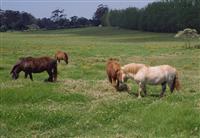
Building on Horse Care I and II, learn to better manage the health and condition of horses in different situations: including while traveling or competing in events
Who should do this course:
- Anyone who is transporting horses and caring for them while away from home
- Horse owners and breeders
- Equine event organisers